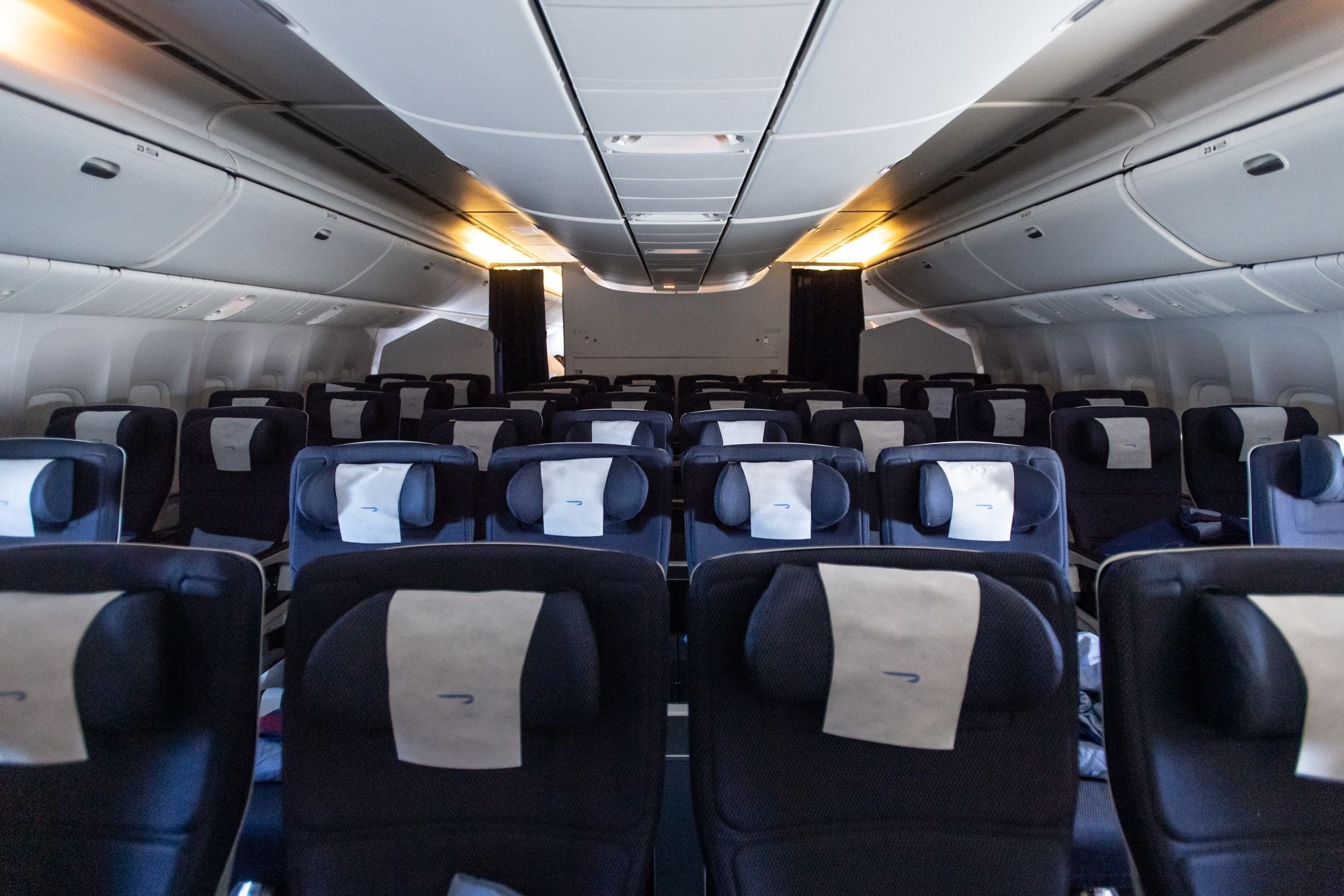
When boarding an airplane, passengers are prompted to put their mobile devices into airplane mode, an option that is easily enabled from the settings menu. When this alternative is enabled, all wireless connections are disconnected from the mobile phone and you can no longer receive messages, calls or connect to the web. It's almost as if the device is turned off. You could use some apps that don't require an internet connection but nothing else.
But why do airlines ask passengers to use airplane mode? What would happen if this request were not complied with?
The main reason for generating this slogan is based on the idea that broadcasts from the telephone could cause interference. When requesting to put the device in airplane mode, it is sought to limit any potential difficulty in communicating with the control tower, or some other device in the cabin. In other words, not complying with this slogan could affect these aspects.
Here, too, it should be remembered that many airlines offer internet on board, but with one restriction: it cannot be used in take-off, landing stages or when the ship is flying at a height of ten thousand feet. In other words, in those cases there is a partial and measured authorization but with the service offered by the company.
It is worth mentioning that there have been changes in relation to the use of airplane mode. The European Aviation Safety Agency (EASA), for example, at the end of 2014 gave the go-ahead to the use of mobile phones without restrictions in all phases of the flight. But in order to allow that, companies have to comply with a verification that ensures that the signals will not produce interference.
But beyond the guidelines and changes that have taken place in recent times, the different regulatory agencies agree that ultimately the need to require the use of airplane mode on mobile devices remains in the hands of airlines.

The 5G
The new mobile phone standard implies a new combination of power levels and frequencies. This prompted the US Federal Aviation Administration (FAA) to place new limitations on flight operations that use certain types of radio altimeter equipment near antennas in 5G networks.
“These security restrictions could affect flight schedules and operations. The FAA continues to work every day to reduce the effects of this disruption as we move towards the safe integration of 5G and aviation,” the official website highlights.
In fact, the FAA issued an Airworthiness Directive (AD) that reviews landing requirements for certain Boeing 737 series aircraft at airports where interference with 5G could occur. Again, this is limited occasionally to certain models and under certain circumstances.
In this specific case, the FAA issued the AD because many systems on the aircraft mentioned rely on the radio altimeter, including the automatic accelerator, ground proximity warning, thrust reversers and the traffic collision avoidance system.
The AD affects approximately 2442 aircraft in the United States and 8342 worldwide, as detailed on the entity's website.
KEEP READING:
Últimas Noticias
Debanhi Escobar: they secured the motel where she was found lifeless in a cistern
Members of the Specialized Prosecutor's Office in Nuevo León secured the Nueva Castilla Motel as part of the investigations into the case

The oldest person in the world died at the age of 119
Kane Tanaka lived in Japan. She was born six months earlier than George Orwell, the same year that the Wright brothers first flew, and Marie Curie became the first woman to win a Nobel Prize

Macabre find in CDMX: they left a body bagged and tied in a taxi
The body was left in the back seats of the car. It was covered with black bags and tied with industrial tape
The eagles of America will face Manchester City in a duel of legends. Here are the details
The top Mexican football champion will play a match with Pep Guardiola's squad in the Lone Star Cup

Why is it good to bring dogs out to know the world when they are puppies
A so-called protection against the spread of diseases threatens the integral development of dogs




